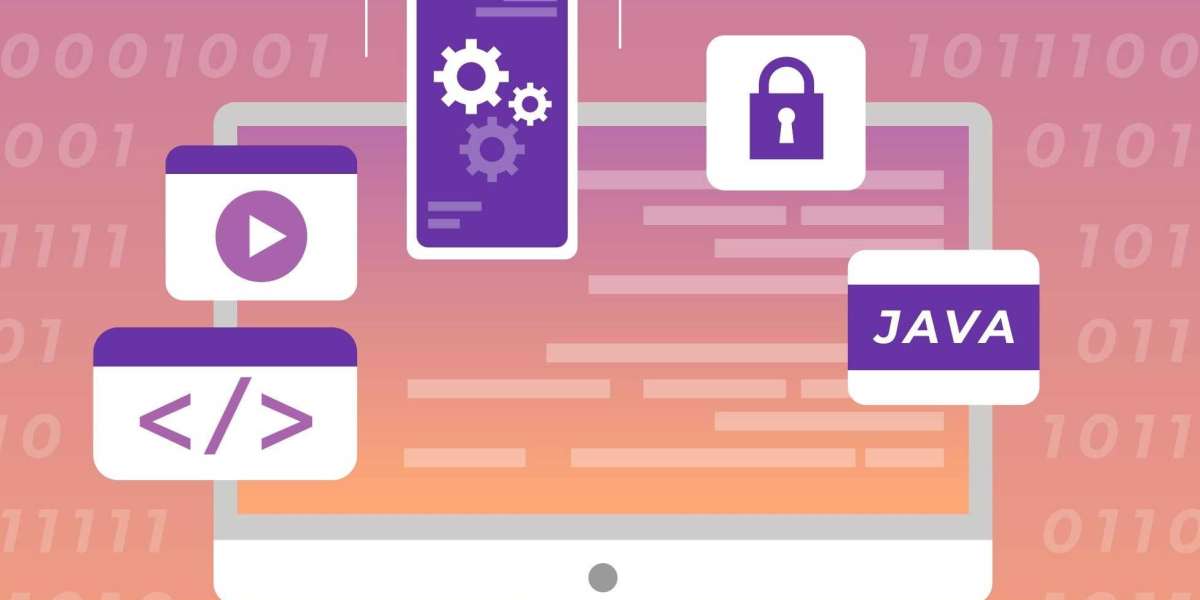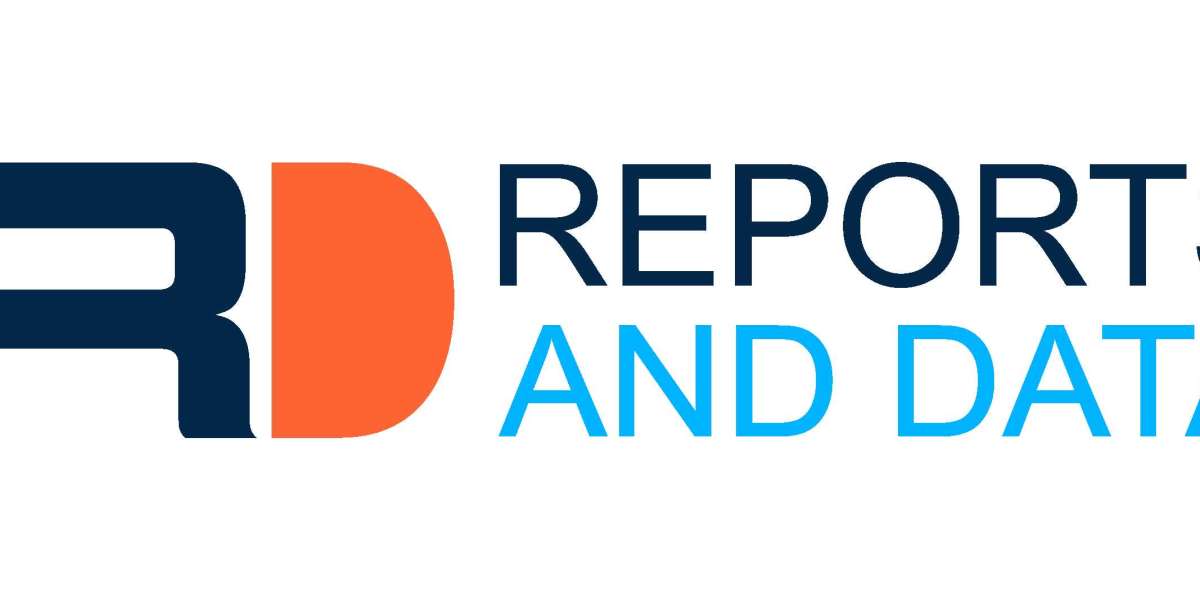In today's digital landscape, our Java development services empower you to build a secure Java web application that protects sensitive data and ensures user privacy. By following best practices and implementing our robust security measures, you can fortify your Java web application against potential attacks, safeguarding valuable information. This comprehensive guide provides essential steps to build a secure Java web application, enabling you to develop a resilient and trustworthy digital presence with our Java development services.
Input Validation:
Proper input validation is critical to prevent common vulnerabilities like cross-site scripting (XSS) and SQL injection attacks. Validate all user input on the server-side to ensure data integrity and security. Utilize input validation libraries and frameworks, such as OWASP Java Encoder, to effectively sanitize and validate user input, eliminating the risk of malicious input compromising your application.
Secure Authentication:
Implementing a strong authentication mechanism is vital to verify user identities and protect against unauthorized access. Utilize industry-standard protocols like HTTPS to encrypt data transmission and ensure secure password storage practices. Hash passwords using robust algorithms like bcrypt or PBKDF2 to prevent unauthorized access to user credentials. Consider implementing multi-factor authentication for an added layer of security, requiring users to provide additional verification beyond passwords.
Authorization and Access Control:
A robust access control mechanism is crucial to restrict user access to authorized resources. Implement role-based access control (RBAC) or attribute-based access control (ABAC) to define and enforce granular access policies. Ensure that users can only access the functionalities and data they are authorized for, mitigating the risk of unauthorized access and potential security breaches.
Session Management:
Implement secure session management practices to protect user sessions from hijacking or session fixation attacks. Generate and use secure session tokens and enforce secure cookie flags like "HttpOnly" and "Secure." Implement session timeouts to automatically invalidate inactive sessions, minimizing the risk of session-related vulnerabilities. By implementing proper session management, you ensure the integrity and confidentiality of user sessions.
Secure Communication:
Securing communication channels between the server and the client is essential to protect data transmission. Utilize Transport Layer Security (TLS) to encrypt data in transit and establish secure connections. Configure your server to support the latest secure protocols and strong cipher suites, ensuring that sensitive information remains confidential and inaccessible to unauthorized entities.
Error Handling and Logging:
Implement proper error handling mechanisms to prevent information leakage and protect against potential security risks. Display user-friendly error messages without revealing implementation details that could be exploited by attackers. Additionally, implement robust logging mechanisms to monitor and track any suspicious activities. Proper logging enables timely detection and response to potential security incidents.
Secure Database Access:
Secure database access to protect against SQL injection attacks and unauthorized data retrieval or modification. Utilize secure coding practices, such as parameterized queries or prepared statements, to prevent SQL injection vulnerabilities. Implement the principle of least privilege, ensuring that database users have only the necessary permissions. Regularly update and patch database software to mitigate known vulnerabilities.
Regular Patching and Updates:
Stay up to date with Java security patches, libraries, and frameworks to protect against known vulnerabilities. Regularly update your application dependencies to include the latest security fixes and enhancements. Maintain a proactive approach to security by promptly addressing any identified vulnerabilities or weaknesses in your application.
Security Testing:
Conduct comprehensive security testing throughout the development lifecycle to identify and remediate potential security flaws. Perform penetration testing and vulnerability assessments to uncover vulnerabilities that could be exploited by attackers. Utilize security scanning tools like OWASP ZAP or Burp Suite to automate the identification of common security weaknesses.
Ongoing Monitoring and Maintenance:
Maintain a vigilant approach to security by continuously monitoring your application for any security incidents or anomalies. Implement intrusion detection systems and robust logging to detect and respond to potential threats promptly. Regularly review and update security configurations, and apply security patches and updates as they become available. By continuously monitoring and maintaining your application's security, you can proactively address emerging threats and vulnerabilities.
Conclusion:
Building a secure Java web application requires a comprehensive approach that addresses various aspects of application security. With our Java application development services, you can ensure the implementation of best practices outlined in this guide. Our expertise includes input validation, secure authentication and authorization, session management, secure communication, error handling and logging, secure database access, regular patching and updates, security testing, and ongoing monitoring and maintenance. By prioritizing security throughout the development process and leveraging our Java application development services, you can build a resilient and trustworthy Java web application. Stay updated with the latest security trends and technologies, ensuring the protection of your application and the confidentiality of user data with our Java application development services.








